“When the clouds pass between the sun and the landscape, the green of the forests will have shadows that are too indistinguishable from each other, and there will be little difference between light and dark in the lights. Being illuminated by the great light of the vault of heaven, the banished shadows hide themselves towards the middle of the trees and through those parts which reflect the darkness of the earth”.
Leonardo Da Vinci, A Treatise on Painting, Ed. Meridiane Bucharest, 1971
I have known Doru Tulcan since the early 70s when he was my teacher at the Art High School in Timișoara. At that time he was part of the Sigma Group and I found him to be very talented, skilful and technically gifted. He photographed, filmed, developed and assembled what he filmed, cut pieces of aluminium and assembled them into sophisticated constructivist structures, combined with networks of wires glued with a heat gun. Trained as a sculptor, he was a virtuoso of the new technologies of the time. Even the photographs that were originally intended to document certain three-dimensional structures, his own actions or those of his groupmates, are themselves pictorial images, more than just simple documents. Later, in the 80s, I even did some collaborative projects with him and Constantin Flondor, in the field of earth (or land) art but also mail art, which involved photography to a large extent.
Doru Tulcan was born in a village, the child of a priest and grew up in nature, far from the urban buzz. But when his parents sent him to study in Timișoara, he was so fascinated by the hustle and bustle, the technology and the noise of the city that in the first weeks, instead of going to school, he spent hours riding the tram…
This amusing early biographical detail foreshadowed a long and fruitful period that the pupil, student and young artist Doru Tulcan was to spend in close connection with the urban environment, making projects for the urban space and its inhabitants, involving sculpture, design, architecture, experimental film, photography and technology in general. This prodigious artistic activity was coupled with his work as an educator, sharing his artistic research with the many generations of pupils and students he has mentored over the years.
In the early 1980s, in an ever more suffocating political context and in a Romania increasingly under the pressure of a dictatorial regime, Doru Tulcan’s interest slowly but decisively shifted from social projects, which had become gradually more and more politically controlled, towards spiritual quests in which nature was an interface or a path connecting the present with eternity.
A turning point in this journey must have been the practice with students from the Art High School in Timișoara that he organized together with Elena Tulcan in Strungari (Alba county) in the summer of 1975. At that time, the students ( including myself) were no longer asked to represent the landscape or its details using brushes or pencils with which to paint and draw on canvas and paper, but to observe nature and to continue it through interventions in its spirit, but in a direct way, using rocks, wooden sticks, patches of soil, water, hay, etc.
Like all the participants of that camp I experienced an incredibly deep, sincere and unusual interaction with the hills, the trees, the creek, the boulders of that place. I can say after almost 50 years that it was an eye-opening moment in my relationship with both nature and art.
And Doru Tulcan’s concerns have since continued to be increasingly linked to nature. Transposing this interest into art was initially done more through photography, then through drawing, screen printing, and later through painting.
In recent years, the artist has been spending more and more time in the countryside again, in Brebu, a wonderful area in the south of Banat, situated between the hills. There, he tends to his garden and orchard, mows the grass with his tractor, and… looks at and paints trees, treetops, hills and clouds, more and more clouds.
Clouds have always been and continue to be fascinating to artists. I’ll name just a few of the classics: Titian, El Greco, Constable, Turner, Caspar David Friedrich, Georgia O’Keeffe, but also contemporary artists like Gerhard Richter, Anish Kapoor, Antony Gormley, Geoffrey Hendrics, Karen LaMonte or Berndnaut Smilde.
For some photographers and photographic theorists, clouds, like photographs, can evoke equivalents or symbols of reality. Alfred Stieglitz, Minor White[i],
Vik Muniz and others have photographed and theorized around this theme. Even the new video generation model developed by the OpenAI company, to be launched in early 2024, was introduced to the public with an image representing the name of the product – SORA (which in Japanese means SKY) written in letters that appear to be made of clouds.
Why do clouds attract all these creators and many others, be they painters, sculptors, multimedia artists or photographers? The explanations certainly vary from case to case, and are aesthetic, religious and even political.
I never asked Doru Tulcan why he has been painting clouds in recent years, why he has returned to nature with a traditional technique and has not continued to make multimedia projects, bordering on architecture, design and installation.
I have noticed, however, that as time goes by, memories of his childhood years, with the sets of values he acquired at that time, become more and more prominent and are a determining factor in the way he relates to reality in his old age. The religious education he received from his parents in the early years of his life, the fact that he grew up in the countryside in the proximity of nature, are elements that deeply mark this period in the life of Doru Tulcan.
[i] Minor White – Equivalence: The Perennial Trend, PSA Journal, Vol. 29, No. 7, pp. 17-21, 1963
POSTED BY
Iosif Király
Iosif Király is one of the most renowned artists working with photography in Romania. His work investigates the relationship between perception, time, synchronicity and memory through photography, in...
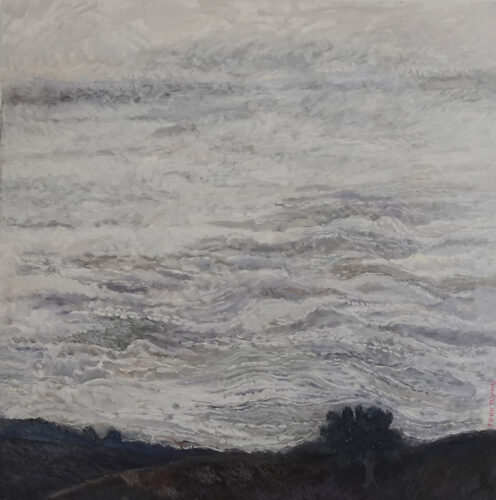
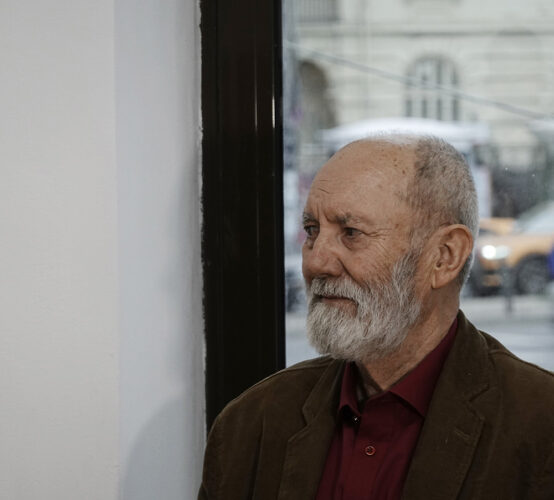
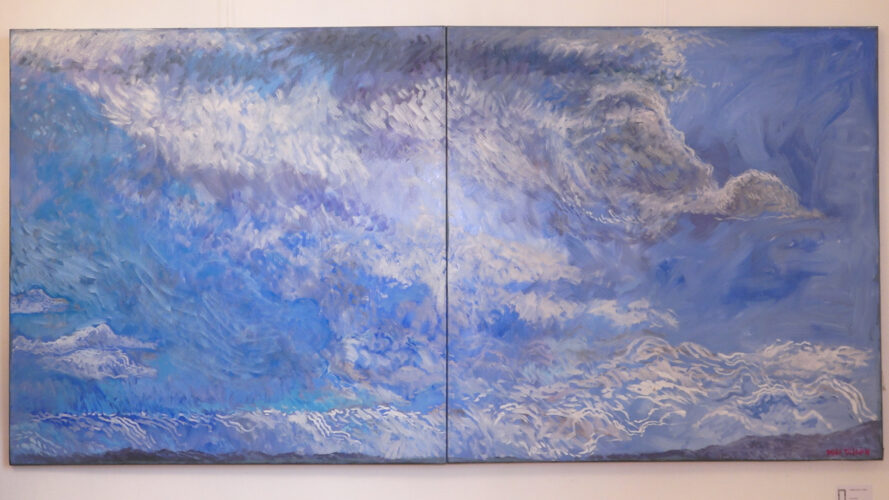
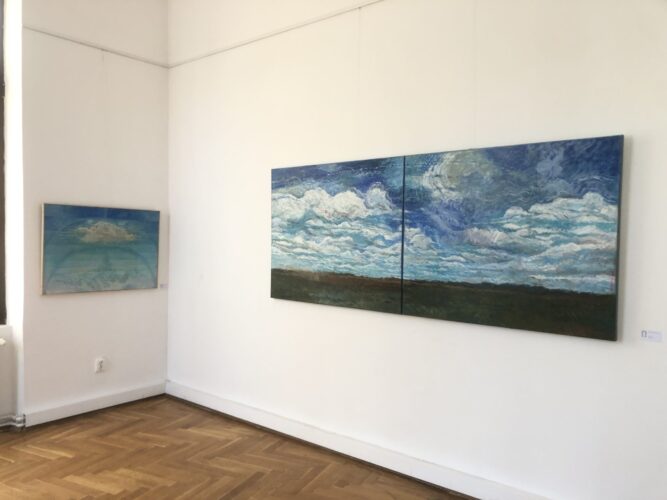
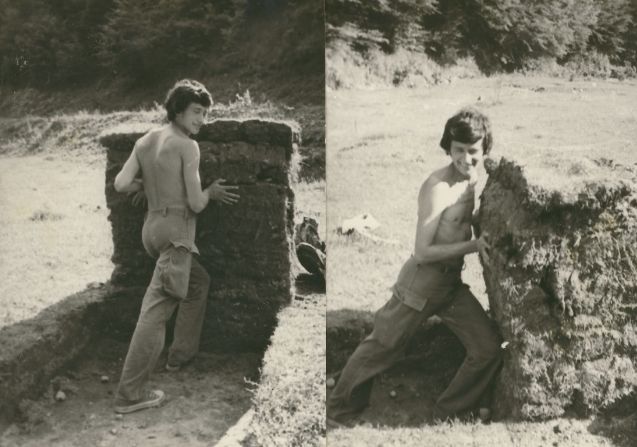
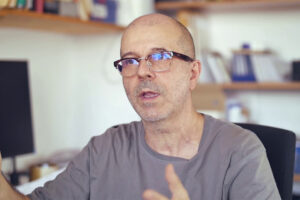
Comments are closed here.